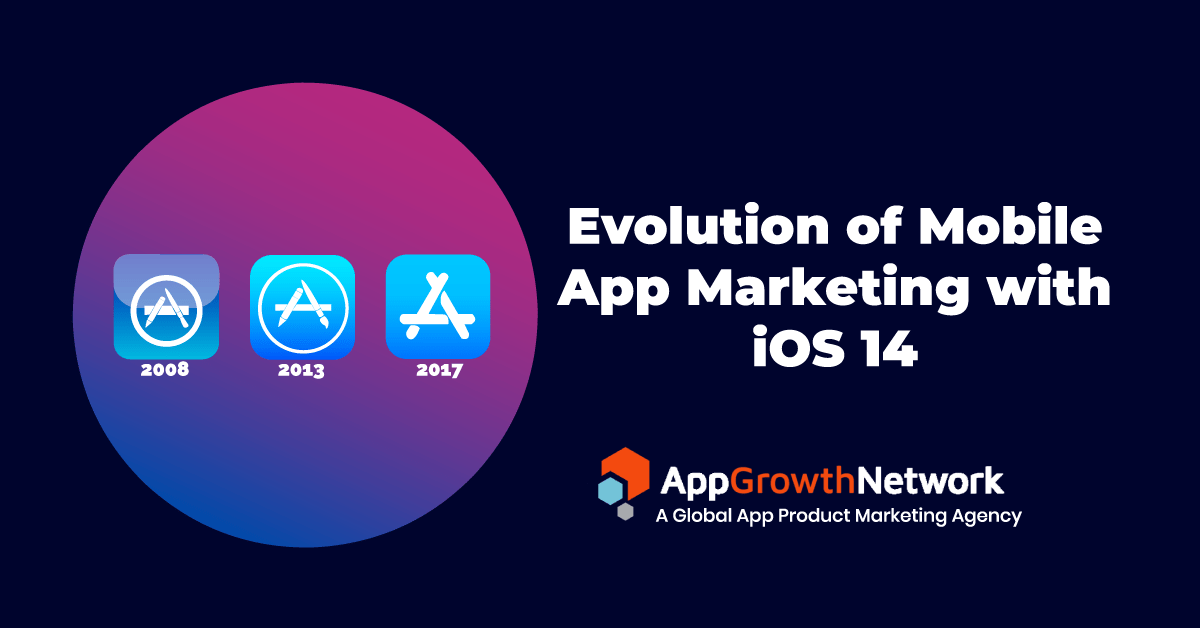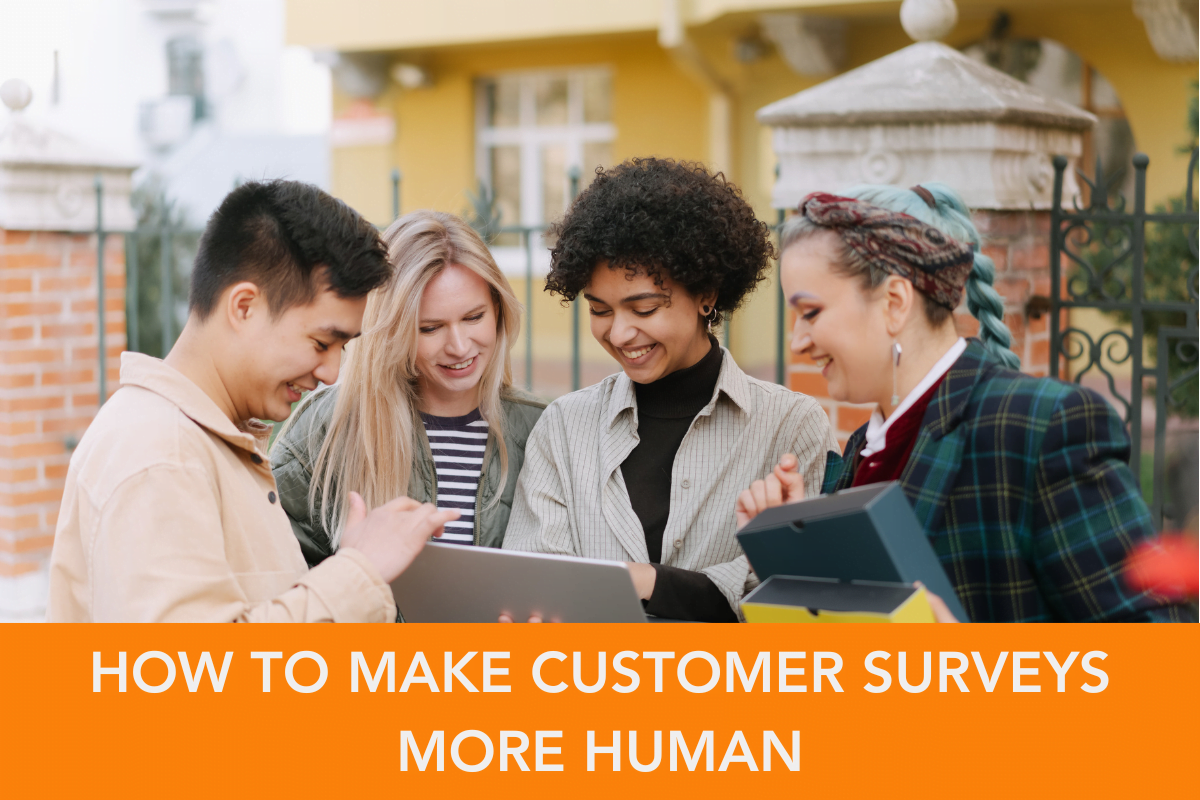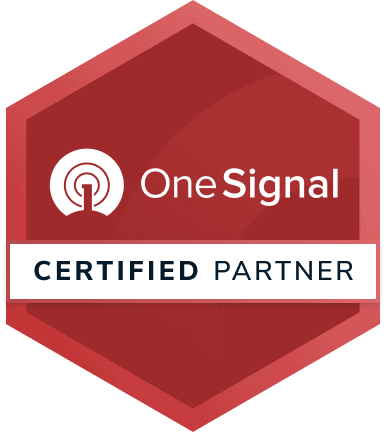Evolution of Mobile App Marketing with iOS 14
It’s no question that Apple’s new privacy mandate will reshape how advertisers track, target, and optimize their mobile app advertising campaigns on iOS 14. Deterministic conversion attribution as we know it will be a thing of the past, forcing user acquisition and product teams to figure out how to adjust their strategies to continue allocating ad spend efficiently in 2021.
In this post, we’ll highlight the thoughts and opinions of what the post-IDFA mobile app marketing world will look like according to App Growth Network’s Founder and CEO, Fouad Saeidi, in his interview with Flyshot. You can watch the full interview here:
The Changing Value of Cost per Acquisition (CPA)
With the changes caused by iOS 14 IDFA deprecation, the mobile app industry will have to adapt to more uncertainty. It will be harder to attribute certain actions to users and ads, which makes metrics like CPA less notable. Determining attribution for actions that are not transactional is very difficult. Usually, a user installs an app and waits a few days until they come around to make the purchase, and you can track the purchase. Consequently, non-CPA campaigns make exponential ad spend more difficult.
It’s advised to tread lightly with exponential spend because of the way platforms like Google and Facebook go through the learning phases of ad campaigns. You want to have a strategy going into an ad campaign. For example, one of our clients is a seasonal app that makes money just before and on Christmas, so the strategy was to first set up campaigns that spend little money for the algorithm to learn and then to apply full force during Christmas time.
Limitations of the 24-hour rule
Another challenge that the SKAdNetwork presents is the 24-hour conversion value timer. This means that the SKAdNetwork timer can only attribute any conversion post-install for 24 hours. The likelihood of getting a user to convert within 24 hours – say, to complete a subscription – is minimal at best. Plus, most consumers don’t respond well to an aggressive or “pushy” user experience – so the ticking timer presents a level of pressure that’s complicated to manage.
Consider why many apps offer a 14-day free trial period. People have a hesitancy to commit until an app can prove itself valuable in the user’s everyday life and can effectively engage the user. Unless it’s hyper-transactional – like a holiday app offering on Christmas Eve – people don’t need to make a transaction within this limited window of time.
So what’s the solution from a product perspective? According to Fouad, it will be important “to filter based on the quality of the user compared to in-app events.” There has to be some level of regression analysis where there’s a reduced amount of media used at any given time or using an ad network in isolation to see how events are performing – much like an A/B test.
From this perspective, it’s the bigger companies – mature products that are competitive in the marketplace – with large user acquisition teams that deal with ten ad networks that will struggle the most. Smaller brands that are just using one ad network to try things out will have a clearer picture of ad performance and attribution.
Revenue modeling & LTV measurement in iOS 14
Apple will provide a conversion value in the SKAdNetwork that’s benchmarked for a certain industry. For example, let’s say the conversion value for a mediation app is $50-75 per year. If that conversion happened or not, that generates a number. If there’s a loyalty program, you can measure what percent of these people are renewing to the second year. Your LTV is based on your month-over-month churn rate formula – which is provided by product analytics, which is independent of any advertising activity.
So to attribute it back – to say how many people came here as a result of what channels – is the trickiest part now. Questions like, “Is a Facebook user going to spend more than a Google user?” are no longer so easy to answer.
That’s why we could be seeing a return to basics. For instance, promo codes. This tactic has been used for decades to generate conversion data. With the emerging need to implement simple strategies to generate clear attribution, “old school” advertising strategies may once again become trendy.
Where There’s Disruption There’s Innovation
The good news is that most mobile app marketing experts agree that where one door closes, another one opens. The disruption of deterministic attribution – the end of “perfect” performance data – forces the industry’s brightest minds to find alternate methods that will generate efficient data.
There will be more work on smooth flows, retention campaigns, and partnerships that will help with lifecycle marketing strategies. As has always been the case, forward thinkers will emerge and bring new solutions to light. It will be an exciting time to see what innovations come about in the coming months.

Think Progressively
“The most important thing is to always think progressively,” is Fouad’s number one piece of advice. He continues: “Think about your journey, your life cycle, where you are today. Doesn’t matter where your competitors are, set goals for yourself for where you need to be three months down the road, six months down the road. Do everything in cohorts, based on experiments – and celebrate those 10 gains that you’re going to get in the next few months. That’s what our philosophy is.”
It’s important to remember that Rome wasn’t built overnight. Just as Facebook, Tinder, and all the other app giants of the world weren’t built overnight. These big names engineered, re-engineered, and crafted many small campaigns or ideas in their product to get to where they are. Celebrate incremental gains to get to that level.
At App Growth Network, we work with our clients to set tangible goals, and we craft strategies and put an action plan in place to achieve them. If you need a team of mobile app marketing professionals who will partner with you to help you achieve your business goals – and celebrate your gains with you – please contact us!
Related Articles
For Wellness apps, the most challenging approach is the conversion of the user from passive to active. [...]
In the realm of App Store Optimization (ASO) for iOS applications, a relatively untapped yet highly effective strategy [...]
In today's competitive app market, it's crucial for app developers and marketers to reach a wider audience and [...]












